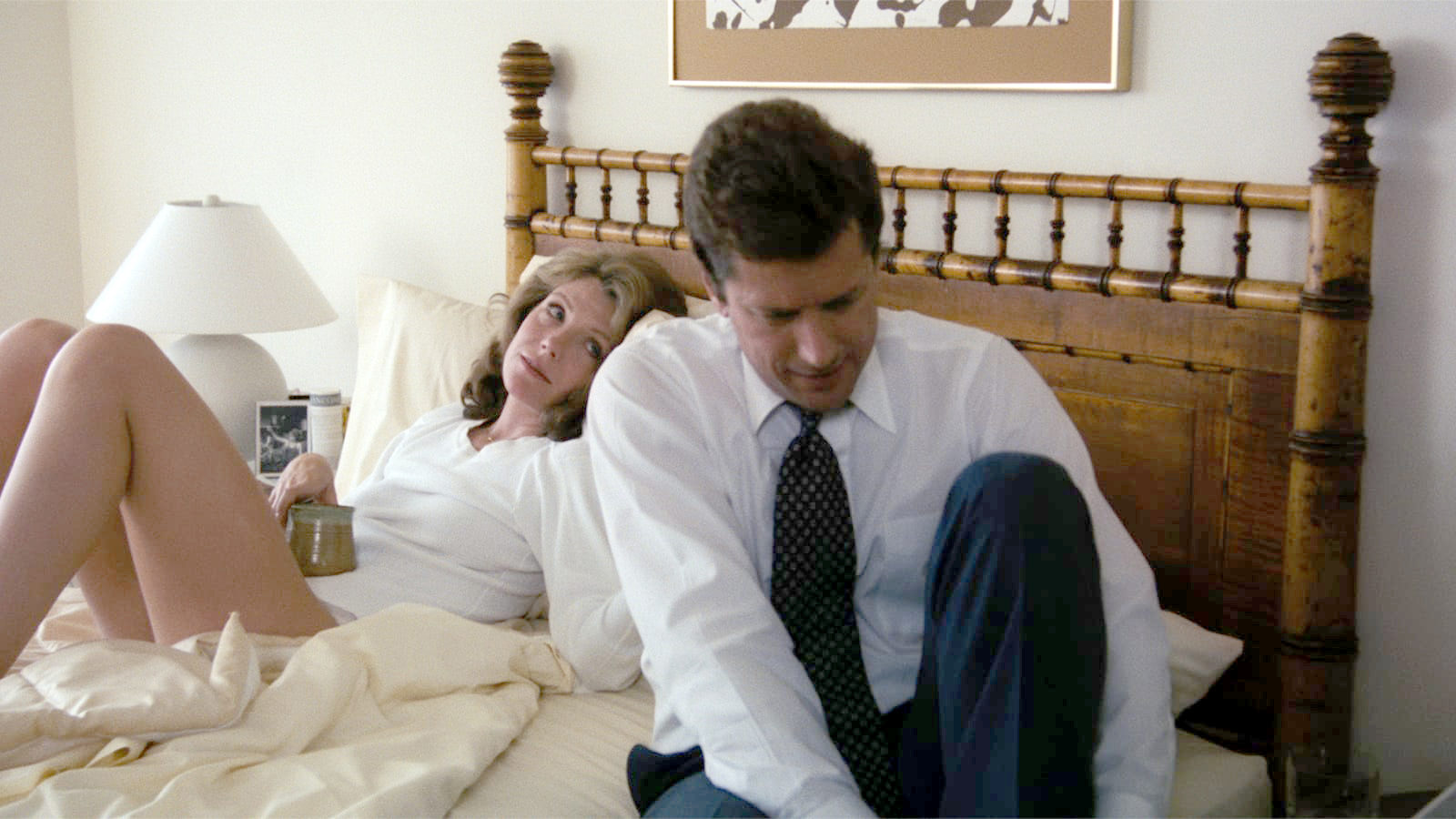
Declaration of Independence
There’s a moment early in Paul Mazursky’s An Unmarried Women when Erica (Jill Clayburgh) and her gal pals are tippling and pondering 8 x 10 glossies of Bette Davis and Katharine Hepburn. “Why don’t we have stars like that anymore?” they wonder. (Jane Fonda and Streisand, they agree, don’t fill the bill.) “Why don’t we have their self-confidence?”

Well they might ask. The 1970s were a time when the Young Turks of the New Hollywood were reinventing cinema in their own image, with no obligation to include female stars. Nevertheless there appeared a group of films that did feature women wrestling with the impact of 20th-century feminism, and the dissolution of the marriage ideal in a world that had rendered obsolete those traditional fantasies, and collapsed the studio star system dedicated to their perpetuation.
The looking glass once furnished by movies, or by men in those movies, giving women their sense of identity, had cracked. The quest for a newly imagined self had begun. How to uncouple the “I” from the “we” of marriage? My Brilliant Career, Annie Hall, Alice Doesn’t Live Here Anymore, A Woman Under the Influence, and Wanda are variations on what I think of as the neo-woman’s film, or the story of the Woman Adrift—a genre of which An Unmarried Woman in 1978 is the wry, graceful culmination.

An Unmarried Woman (Courtesy of the Criterion Collection)
Each of these films emerges from a specific social milieu, but they all share a collective spiritual one, a trove of images of yearning furnished by movies in an endless feedback loop. In An Unmarried Woman, after Erica has been left by husband Michael Murphy, she flounders between the solemn and the absurd. Her life, she tells artist Cliff Gorman, is a cross between Mary Hartman and Ingmar Bergman, and indeed, the scene in which Murphy confesses that he’s fallen in love with a younger woman (someone he picked up at Bloomingdale’s) bears a striking resemblance to the moment in Scenes from a Marriage when Erland Josephson tells Liv Ullmann he’s fallen for a girl he met at a conference. There’s a dark, hilarious knowingness in the way each man whines with self-pity, as if he himself is the wounded one, pleading for motherly understanding.
The “woman adrift” paradigm seems best expressed in Clayburgh’s graceful, almost balletic performance, a whirling dervish who looks lavishly beautiful one moment, and vomits in the street the next. Mazursky, with his eye for the comic absurd, keeps the touch light, maintaining a balance between seriousness and buoyancy, as the film cycles through the highs and lows of not just Erica’s own manic depression but an equally schizophrenic late-’70s New York, its attention divided between the grunge of the Lower Manhattan art scene and the Upper East Side with its gleaming river views—and accumulating garbage below.
There was a certain grumbling at the time over Clayburgh’s too-good-to-be-true looks and general well-being, especially when she attracted the artist-paragon Alan Bates. And then, why not flee to Vermont with him? But Erica’s dislocation was very real, the sense of inadequacy even more pronounced among women from whom nothing serious had been expected. In the end, her baby step toward independence was something of a hard-won step for womankind.
Molly Haskell is the author of Steven Spielberg: A Life in Films and From Reverence to Rape: The Treatment of Women in the Movies.







